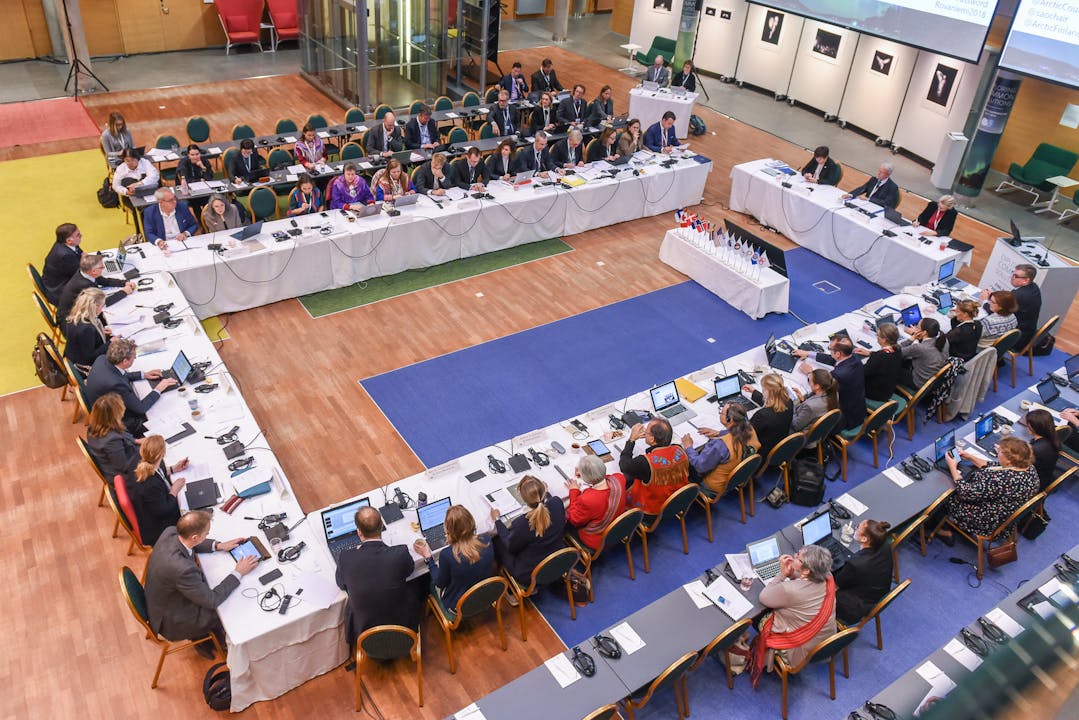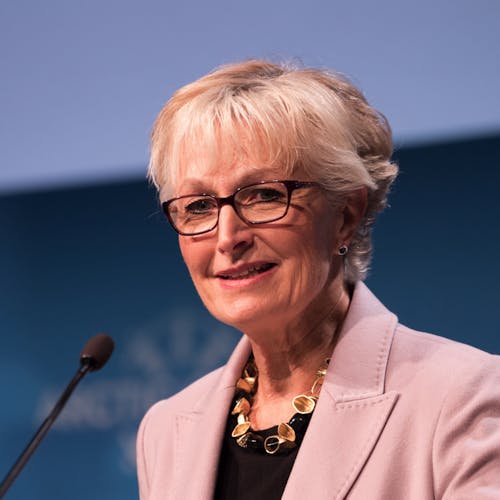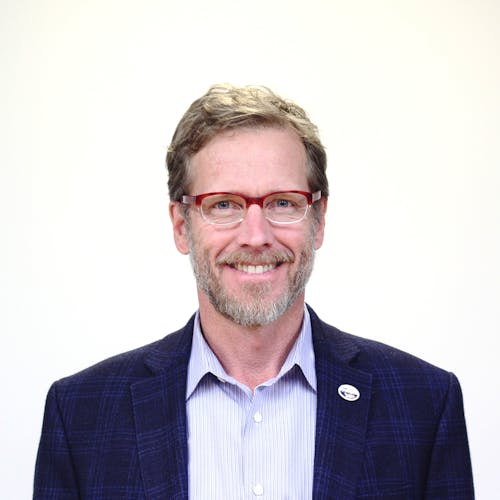The deliverables of the Arctic Council can go well beyond reports. In 2011 the Ministers approved the development of an Arctic Resilience Assessment. When that world-class research was delivered in 2016, it was quickly followed up with the world’s first regional resilience framework to organize and measure progress of resilience efforts in the circumpolar Arctic. The Arctic Resilience Action Framework was approved by the Arctic Foreign Ministers in 2017, and called for an Arctic Resilience Forum to take place every two years to assess progress and identify gaps. The Resilience Forum in 2020, hosted by the Icelandic Chairmanship and delivered virtually over the course of 10 weekly sessions, featured nearly 100 speakers and over 1400 attendees. It was so successful that the Council’s Sustainable Development Working Group approved a project in 2021 to address community needs and opportunities discussed in the Forum.
These are just three examples, among many others, that demonstrate how the work coordinated under the Arctic Council has contributed to both individual and collective interests of the Arctic nations. The novel structure of the Council itself has also paid dividends, particularly with the inclusion of Indigenous organizations as Permanent Participants. While the Working Groups have produced world class research and reporting, and several international agreements have been signed, it is the work of the Permanent Participants that has kept the Council focused on the needs of the people of the North and the ecosystems they depend upon.
Another important element of the Arctic Council is the inclusion of “Observers” in the Council’s deliberations – be they nation-states outside the Arctic, other intergovernmental forums, or non-governmental organizations. While they are not at the decision-making table, experts from Observer states or organizations often populate the Working Groups and have elevated research, reporting, and dissemination of Arctic Council initiatives.
Commentators over the years have examined potential modifications in Arctic Council operations, such as broadening the potential areas of focus, clarifying the roles of Observers, and guaranteeing funding for Permanent Participants, but the Arctic Council model in general has received international praise. A byproduct of excluding national security issues from the charter has been that the work of the Council has persisted even during times of geopolitical tension, such as the Russian invasions of Georgia and Crimea.
This persistence in collaboration has led to an increase in the Council’s international stature, and even Nobel Peace Prize nominations. But Russia’s brutal invasion of Ukraine has threatened the model and led to profound changes in the region. The seven other Arctic Council countries have decided to pause their participation in all regular business of the Council, while continuing to support those projects that don’t involve Russian participation. Two Arctic Council countries, Sweden and Finland, are now planning to join the North Atlantic Treaty Organization, an unwelcome development for Russia. These disruptions in the status quo, while disastrous for scores of ongoing projects, may provide an opportunity for the Arctic states to amend and update the charter or operations of the Arctic Council to adapt to changes that have taken place in the Arctic since the Council’s inception over 25 years ago.
Regardless of how Arctic states adapt to the recent disruptions, the lessons learned from the Arctic Council experience may be useful to other regions. Organizations based on both self and mutual interest have longevity, even when challenged by extreme conditions. The success of the Arctic Council can be attributed to the manner by which it provides a forum for the Arctic states and the people of the region to jointly address mutual priorities, combined with a reliance on science, deliberation, and evolving mutual trust. For other regions the challenges may be different than those in the Arctic, but long-term success will benefit from such science-based collaborative structures.
Fran Ulmer and Joel Clement are Senior Fellows at the Harvard Kennedy School’s Arctic Initiative
No. 11/2022, 28 December 2022
This article is a part of the Arctic Circle Journal Series which provides insight, understanding and new information. The material represents the opinions of the author but not those of Arctic Circle.


